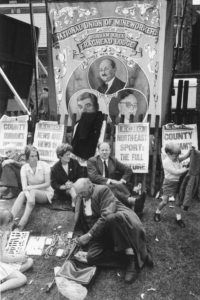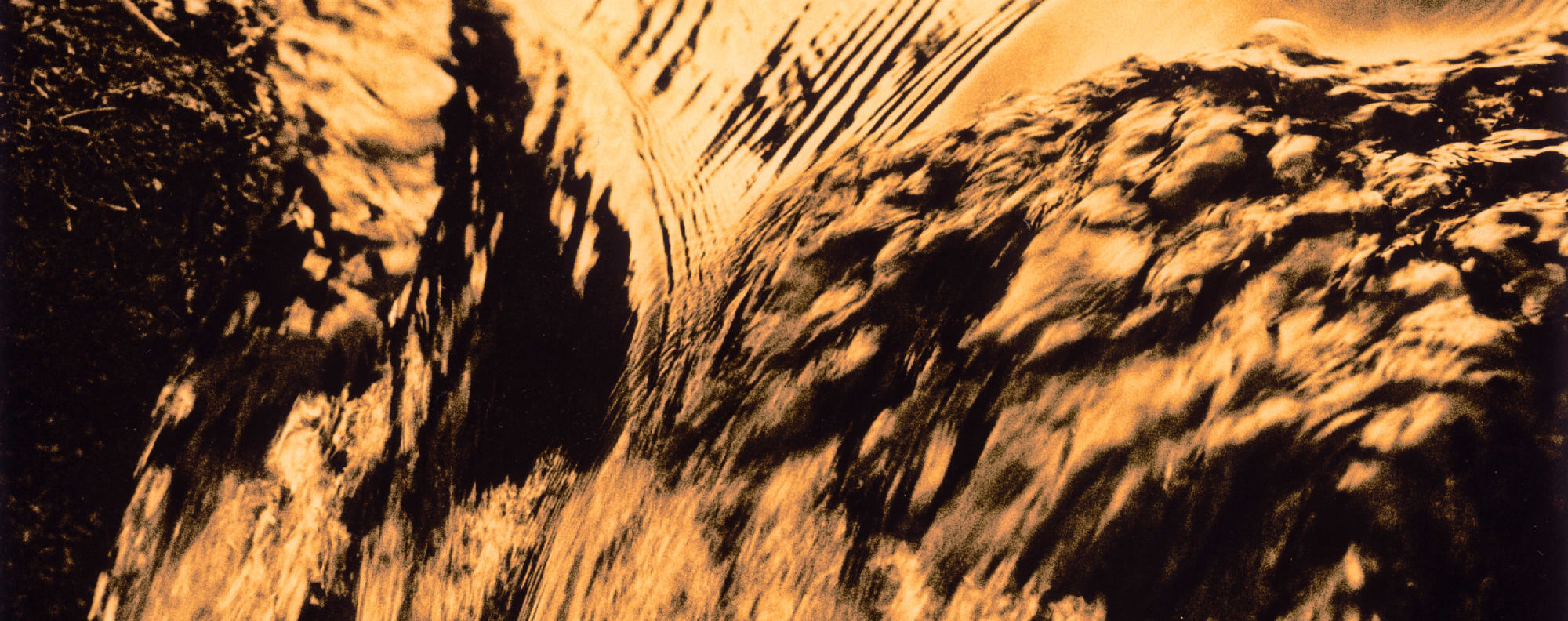‘In the second year of the course Photography was part of the syllabus and this was geared particularly to Advertising Design and Photography. The technical processes of photography were taught and this is where Tony began to learn the basic techniques of the craft. ‘At this time I don’t believe he owned a good camera and the amount of time spent in the photographic section was limited to about one day per week plus an evening class at the best.’Tony bought a camera, a Rolleicord I think, which caused him some concern. Something was at fault in its manufacture with the result that things that registered in focus on the viewfinder did not correspond to the focus of the lens. All the photographs were fractionally out of focus. I can remember him fuming in the darkroom, examining the enlarger and his developing procedures and saying how awful his work was.
Finally he had the camera properly tested and then returned it to the makers with a marvellous letter. I believe the camera was corrected or replaced.‘

These remarks all point to a feature of Tony’s work which it is important to bring out. He was a craftsman before all else. He worried constantly whether there was something in the chain of processes between the subject and the final print which might not be improved. He consulted the Editor of The British Journal of Photography, not only on the best lens he could use for a particular problem but on the possibilities, which haunted him, of making a master print from which, he hoped, exact and perfect copies might be made for future use. The technical drawbacks of this idea were explained to him. The perfect print, the best that could be achieved from his negative, was just one side. but a revealing one, of his craftsman’s passion for the ultimate in his work.
What were the earliest influences in his photography? Bill Brandt’s brother was one of the lecturers at LCP at that time and Tony was particularly impressed by Bill Brandt’s early photography of the English scene. Originals of these were on view at the college and he went to see Brandt and show him some prints. When he was asked what happened he said: ‘They made Brandt laugh a little, they amused him and he said to get in closer.’
Bill Brandt wrote recently. ‘Tony Ray-Jones showed me some of his photographs about ten years ago. This must have been right at the beginning of his career, but he had already then a very pronounced style of his own. He didn’t seem to be influenced by other photographers, which at his age, was quite remarkable. Unfortunately I did not see any of his later work, but I think his death, at such an early age, is a terrible loss to photography.‘
He won a scholarship to Yale University for graduate work in design. He studied at Yale in 1961-62 before working with Brodovitch up till 1964. He then freelanced in America for the next two years. His contract with America was all-important. America turned him on. And in a particular way it matured his vision, stimulated and infuriated him, immersing him in a love-hate relationship that developed him as a photographer and as a person.
Alen MacWeeney, an extremely successful American fashion photographer says: ‘Tony loved America … he thrived on the bizarre and quixotic moods and fancies of contemporary life in New York. His immersion in the current scene and his involvement with it as subject matter was very stimulating to him. The grosser the sight the more irony per square inch, the better he liked it. Sometimes I accompanied him to his favourite happenings/ a mass frolic involving chicken carcasses for example. After a short time I would feel confounded, exhausted and depressed by what confronted me. But not Tony. He would be bobbing about full of enthusiasm and ready to dig in deeper.‘
Anna Ray-Jones says that the reason he could keep on like this was that he was far from appalled because there was sympathy present. The subject was not merely an object to him: he felt a relationship which he respected. MacWeeney says of Tony in these early years in America. ‘His tastes vacillated continually. For example, when we first met and I expressed enthusiasm for Robert Frank’s pictures and Brandt’s, Tony couldn’t understand my feelings. Later, of course, he made these feelings his own.‘ This statement, certainly about Bill Brandt’s work, conflicts with those of people who knew him before he went to America. The fact that ‘his tastes vacillated continually‘ is no bad thing. A young photographer should be open to fresh influences, should be capable of revaluations, reassessments. That he was open to criticism of his own work at every stage in its development is not in doubt. However one or two people found his criticism of their work on the harsh side, he did not mince his words and was inclined to be unsparing. John Benton-Harris, an American freelance who since Tony’s death has processed and enlarged much of the recent work, put it this way. ‘You might say he became a Joan of Arc purist in criticism. It wasn’t always necessary to call an ace an ace, a spade a spade: He could bring my pictures and myself down a little too hard. Being honest can hurt.‘
